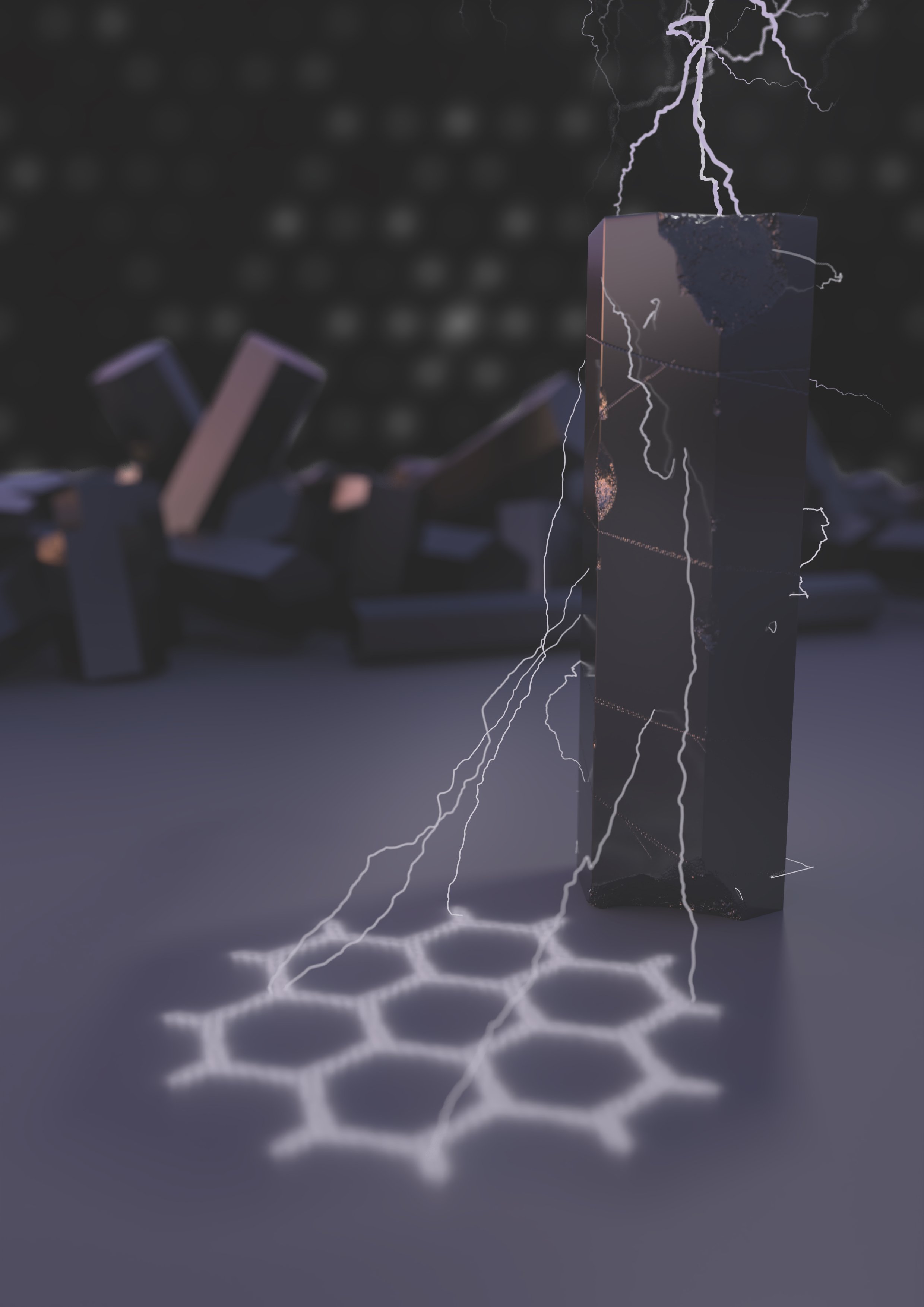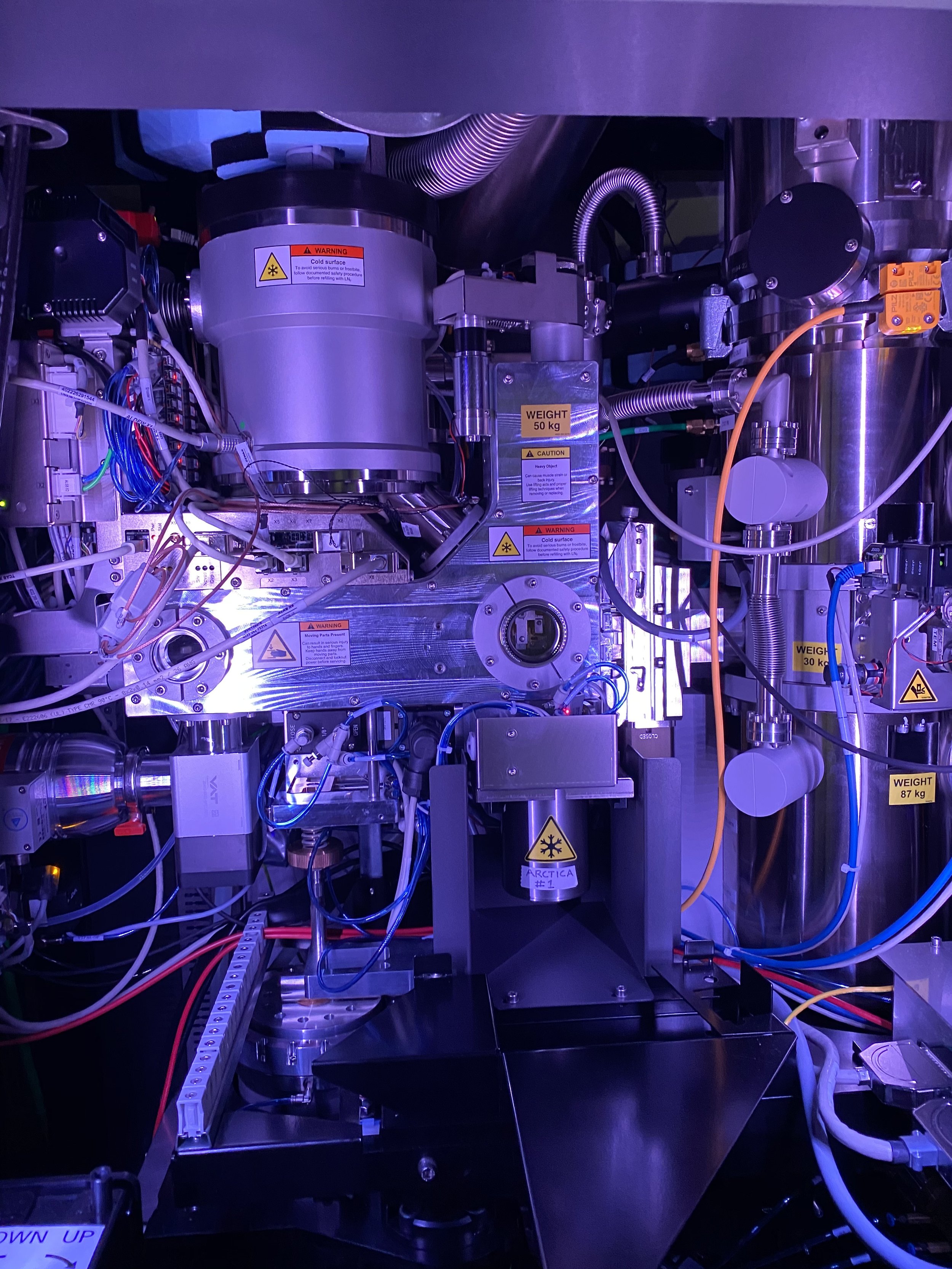
RESEARCH
Chemistry is no longer just about atoms and molecules, but about what it, as a field with unique capabilities in manipulating molecules and matter, can do to understand, manipulate, and control complex systems composed (in part) of atoms and molecules.
—Prof. George M. Whitesides
Reinventing Chemistry
Angew. Chem. Int. Ed. 2015, 54, 3196

Seeking Order from Disorder: Functional Electrical Materials Enabled by Tailored Modification
It is not a straightforward task to introduce the synthetic and analytical skills at atomic and molecular scale to materials with highly complex structures. For materials chemistry, the material properties are crucially determined by the structure of the materials. Even tiny changes in the structure of a material could lead to significant variations in the macroscopic physical properties. Therefore, precise control of the chemical structure and assembly behavior of a material is the key to obtain high-quality materials with outstanding performances. Traditional research in assembly and aggregates was mainly carried out on the molecular scale, thus limiting its application in materials chemistry.
The Dou group focuses on precise control of functional coordination materials at multiscale, building upon a multidisciplinary approach involving chemistry, material science, physics, as well as electronics. Specifically, the group targets at identifying the structural-property relationships of functional materials at atomic and molecular scales. The group also explores recognition and assembly behaviors between inorganic clusters and biomacromolecules. Based on these new understandings and guidelines, we further hope to develop new functional material with attractive mechanical, optical, electrical, and magnetic properties, as well as suited for device applications. Current research directions in the group include: (1) electrically conductive two-dimensional polymers; (2) supramolecular assembly of coordination polymers and nanocrystals; (3) macroscale bioinformatic materials.
Exotic physical properties of electronically coupled two-dimensional Metal-Organic Frameworks
Chemical synthesis is nevertheless a proven, powerful technique for the construction of advanced materials; creating complex materials from the bottom-up is indeed a valid approach for tailored synthesis of multifunctional materials with tunability unimaginable in traditional 2D solid-state materials. Motivated by the search for new 2D Dirac semimetals and topological insulators, as well as the demonstration of the quantum anomalous Hall effect in 2D MOFs, the proposed work relies on synthetic and physical studies of a series of 2D MOFs with tunable lattice geometry.
Novel supercapacitor electrodes based on porous, electrically conductive materials and high-voltage electrolytes
The rapid and reversible reaction kinetics in electrochemical capacitors are responsible for several key characteristics of performance – namely, their fast charge-discharge capability and long cycle life. Such attributes make supercapacitors attractive for use cases where short duration and high peak power are desired, such as in hybrid drivetrains. However, several performance characteristics of supercapacitors hinder their ability to compete with batteries in practice. In particular, low operating voltages (usually < 3 V) pose an engineering challenge for pack design. Thus, the development of new electrode materials and electrolytes that are compatible with higher operating voltages is critical to expanding the applications of supercapacitors.
Low-dimensional hybrids of Metal-Organic Frameworks coupled with carbon nanomaterials
2D materials and heterostructures on their basis represent a perspective replacement for the existing semiconductors used in the production of micro- and nano-devices such as field effect transistors, optical sensors, diodes, gas sensors, etc. Different from traditional 2D materials that are mostly synthesized by physical vapor deposition or exfoliation method, 2D layered metal-organic frameworks are generally synthesized on the liquid-liquid or liquid-gas interfaces and, thus, can be transferred to any predefined substrate without additional procedures. Moreover, predicted outstanding properties posits these materials as potential alternatives for their inorganic analogues discussed earlier. Nevertheless, the manifold of these materials as well as the electronic and spintronic devices based on them are still open for further in-depth study.























